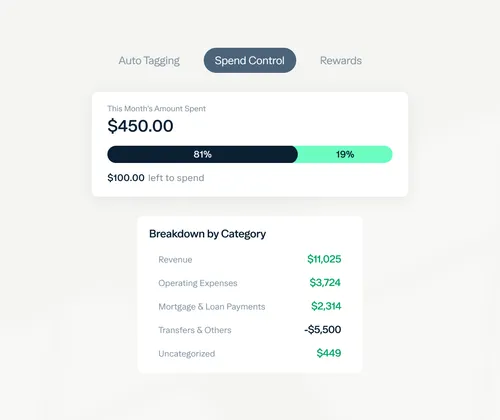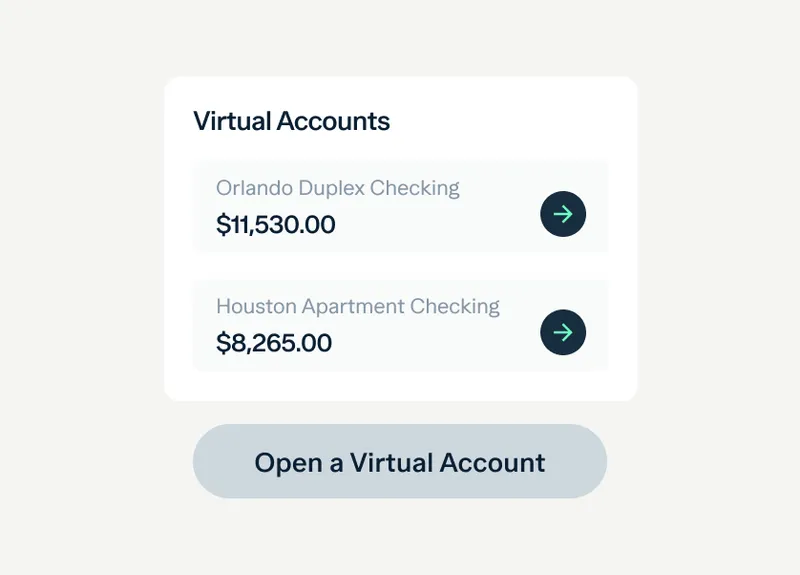In Ohio, landlords can charge up to one month's rent, or unlimited if the landlord pays at least 5% interest.
Security deposit rules in {{ state }}
Limit: In Ohio, there is no statutory limit on how much a landlord may charge for a tenant security deposit. Most landlords typically require an amount equal to one month’s rent, though higher tenant deposits may be charged based on the tenant’s credit history, rental background, or other risk factors. The total amount must be clearly stated in the lease agreement, and it is considered best practice to manage the funds through a security deposit bank account in Ohio for transparency and compliance.
Return Deadline: The landlord must return the tenant security deposit, along with any accrued interest if applicable, within 30 days after the tenant vacates the property and provides a forwarding address. If deductions are made, the landlord must provide an itemized list of damages and costs. Failure to return the tenant deposit or provide documentation within 30 days may make the landlord liable for double the amount wrongfully withheld, plus court costs.
Acceptable Deductions: The tenant security deposit may be applied toward unpaid rent, late fees, damages beyond normal wear and tear, cleaning costs, and unpaid utilities. The landlord must provide a written, itemized statement along with receipts or estimates for any deductions taken from the tenant deposit.
Where to Deposit: Ohio law requires landlords who hold tenant deposits for longer than six months and exceeding $50 to pay annual interest on the deposit at a rate of 5%. While there is no requirement for a separate account, landlords are encouraged to maintain a security deposit escrow account in Ohio or a landlord tenant security deposit bank account in Ohio to prevent commingling with personal or business funds. Maintaining such an account helps ensure compliance with the state’s interest requirements and provides transparent documentation of all tenant deposit transactions.










